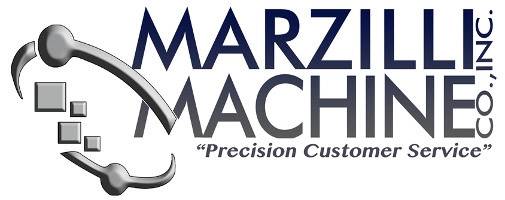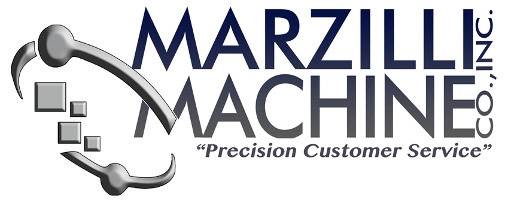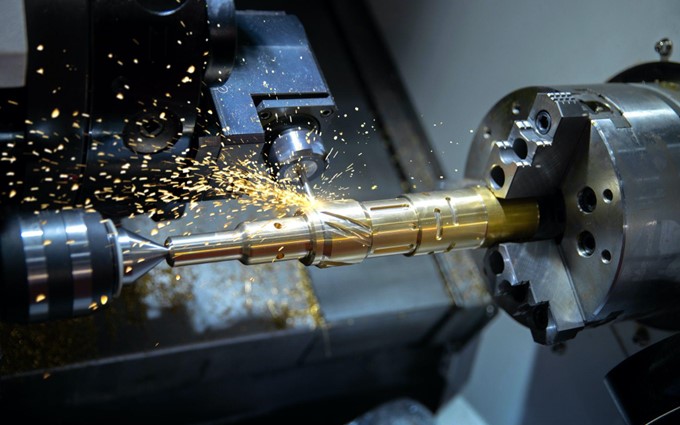
In a manufacturing dependent world, CNC machining stands as a powerful and indispensable technology. CNC, or Computer Numerical Control, revolutionized the way we produce parts and components, requiring accuracy and efficiency unachievable using other techniques. At its core, CNC machining is an automated process that uses computer-controlled machines to precisely cut materials like metal, plastic, and more. In this blog post, we’ll dive into the basics of CNC machining and explore how it has transformed the world of manufacturing.
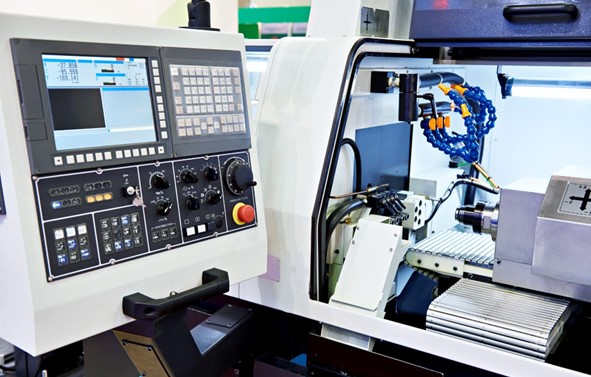
CNC machining almost completely (and in some cases, entirely) eliminates the need for manual operation, relying instead on computer programs, automation, and coded instructions to guide the tools. This allows for the creation of intricate and complex shapes that would be nearly impossible to achieve with traditional methods. The heart of a CNC system is its computer controller, which uses G-Code to interpret a design’s digital blueprint and translate it into precise movements of the cutting tools. This level of automation not only ensures consistent quality, but also drastically reduces human error, making CNC machining a staple of the modern manufacturing world.
Marzilli Machine uses a variety of 3D CAM software, with the most prominent being Mastercam. CAM, or Computer Aided Manufacturing, software serves as a bridge between the design and the production stages. CAM takes digital designs usually made with CAD, or Computer Aided Design, software and turns it into G-Code. This is mostly done with something called toolpaths. A toolpath refers to the precise movements made by a CNC machine’s cutting tool. Taken into account are the specific cutting paths, speeds, feeds, and the actions required by the tool. In the modern world of manufacturing, CAM can generate most toolpaths automatically, however this should always be checked for accuracy. Thankfully, CAM software knows this feature won’t always be 100% accurate. Many CAM programs offer simulation tools that enable users to preview the machining process.
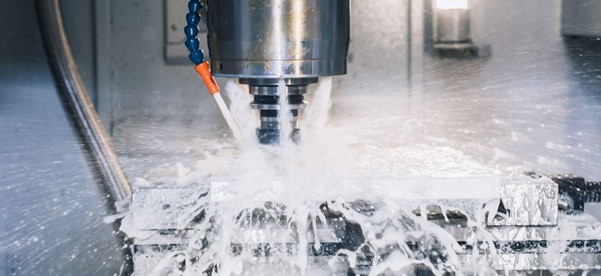
The applications of CNC machining are seemingly endless. From the aerospace and weapon industries, to medical device manufacturing and prototyping, CNC machines are the go-to choice for producing high-precision parts. Whether you’re crafting a prototype for a groundbreaking invention or producing components for a mass-market product, CNC machining offers the precision and repeatability needed to meet the most demanding specifications.
CNC Mills: CNC mills are ideal for machining complex three-dimensional shapes and contours, making them suitable for tasks like sculpting, pocketing, and drilling holes at various angles. In a CNC mill, the cutting tool can approach the workpiece from various angles and directions, offering greater flexibility in tool orientation. This benefit grows greater when using a mill equipped with 5-Axis capabilities, which we will be covering in depth in a future blog post!
CNC Lathes: CNC lathes are best suited for rotational parts like shafts, bolts, and pins, as they excel in turning and facing operations. CNC lathes typically work with a fixed tool orientation perpendicular to the rotating workpiece. Meaning that they are commonly employed for producing cylindrical components, however thanks to live tooling, they are not limited to them. We will cover live tooling in depth in a future blog!
Quality Control: Quality Control, or QC, is a vital part of the production phase. QC checks are performed before production, known as First Article Inspection, or FAI. Parts continue to be inspected during production in the form of In Process Checks, or IPCs. This ensures dimensional accuracy throughout the production process. After production is complete, random samples are chosen and inspected. This is commonly known as the final inspection. We will fully dive into the benefits of QC in a future blog post.
Stay tuned for next Monday, where we will be discussing CNC Milling in depth. As well as how it could affect your company or project instantaneously!
